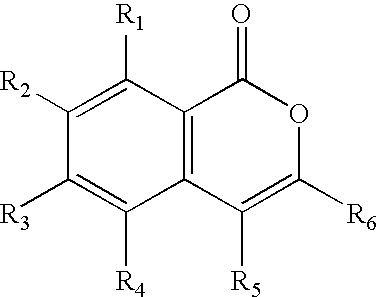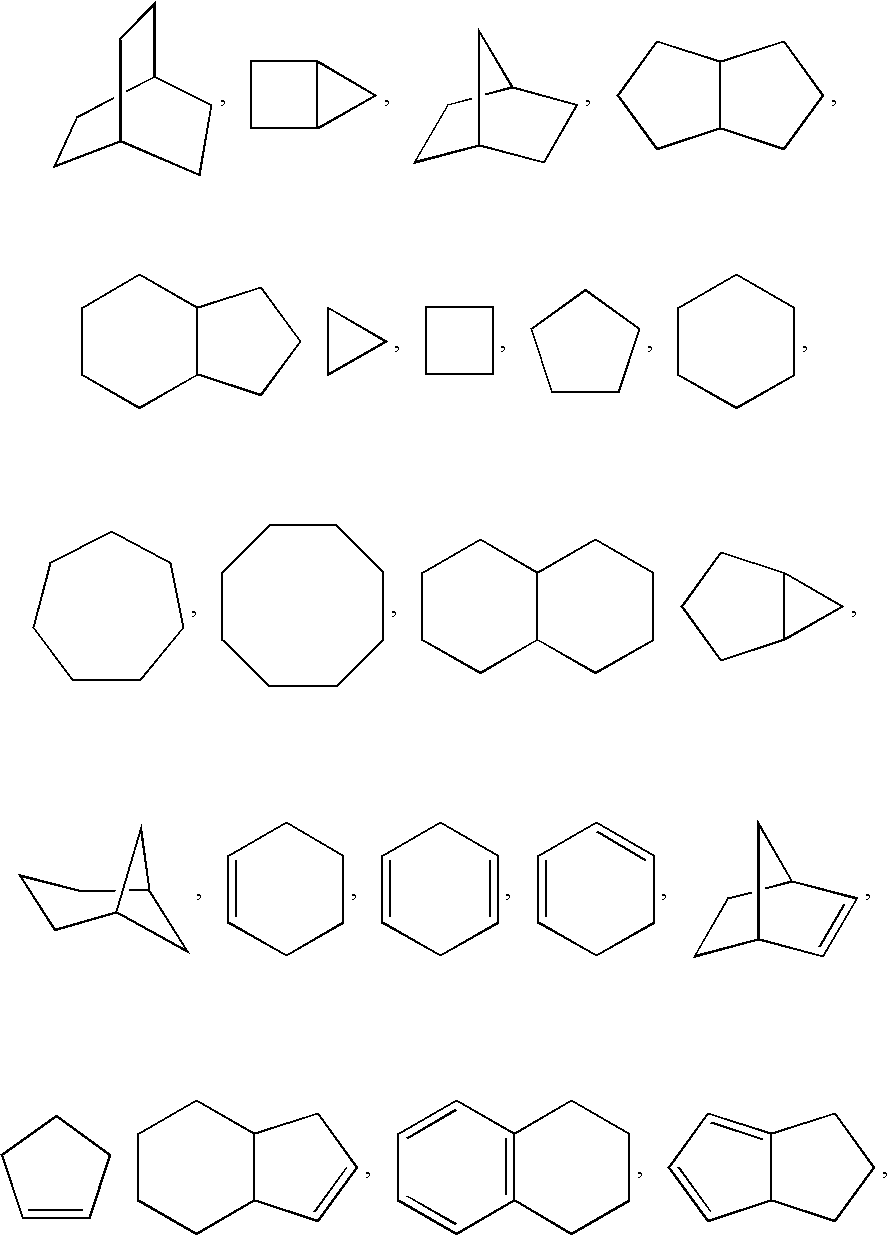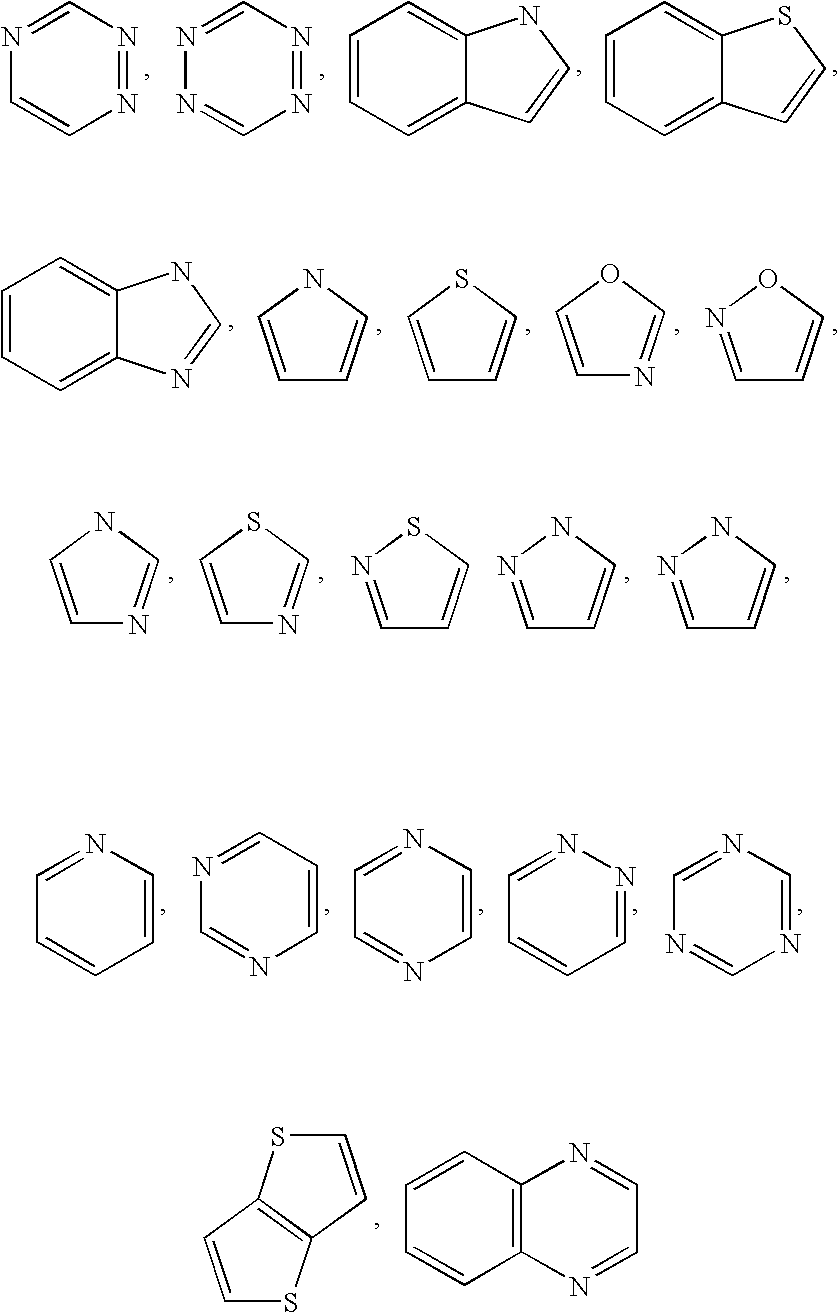Compositions and methods to reduce mutagenesis
a technology of mutagenesis and composition, applied in the field of compositions and methods to reduce mutagenesis, can solve the problems of not yet producing the desired effect, threatening to undo the dramatic advances in human health, and increasing drug resistance, so as to reduce the rate of mutation in a cell or an organism, and increase the rate of induced mutation
- Summary
- Abstract
- Description
- Claims
- Application Information
AI Technical Summary
Benefits of technology
Problems solved by technology
Method used
Image
Examples
example 1
[0297] To demonstrate that the administration of ciprofloxacin induces mutation, we examined the evolution of resistance of wild type MG1655 E. coli on solid media plates containing 35 ng / mL ciprofloxacin. First we differentiated colonies that arose during the exponential growth phase, prior to plating, and those that arose after plating. This was done by isolating colonies, noting the day on which they appeared, and then regrowing the colonies and determining the time it took for a colony to appear. For example, if a colony appeared on day three, but then required three days to re-grow, the founding cell was assumed to have obtained a resistance mutation during the exponential growth phase, prior to exposure to antibiotic. If a colony is isolated on day five and then found to require only one day to re-grow, the founding cell was assumed to have mutated on day four after exposure to the antibiotic.
[0298] At least four observations were immediately apparent from inspection of the d...
example 2
[0300] To determine whether the evolution of resistance to ciprofloxacin is under genetic control, and if so, to determine which genes are involved, we constructed a series of isogenic loss of function strains of E. coli K-12 (MG1655) (Table 5). We have selected the E. coli strain MG1655 as the genetic background, as this K-12 strain was used in the E. coli genome sequencing project. Strains listed in the accompanying Table 4 were constructed using PCR-mediated gene replacement. See Daiguan Yu, et al., Proc. Natl. Acad. Sci., May 2000; 97: 5978-5983. PCR reactions were performed using Platinum pfx DNA polymerase from Invitrogen, with standard cycling parameters. Genomic template DNA was prepared from a fresh bacterial overnight culture using the DNeasy kit (Qiagen).
[0301] Mutation cassettes were constructed using 3-way PCR, as described by Murphy et al. Gene (2000) 246:321-330. Gene specific components were annealed to an antibiotic resistance marker by combining the three fragment...
example 3
[0311] It was determined if blocking the ability of LexA (the DNA binding protein that represses the expression of SOS gene products) to undergo its proteolytic self-cleavage reaction would cripple the ability of E. coli cells to become resistant to ciprofloxacin, as well-defined point mutations are required for ciprofloxacin resistance. FIG. 8 shows compares three E. coli strains for their ability to evolve ‘first level’ resistance to ciprofloxacin (i.e., the ability to grow in the presence of 35 ng / ml ciprofloxacin). Strain (1) is ATCC 25922; strain (2) is ATCC 25922-AlacZ; and strain (3) is ATCC 25922-lexA(S119A). The LexA protein in strain (3) cannot undergo self-cleavage, because its nucleophillic serine has been replaced with an alanine. Because it contains a non-cleavable LexA rather than a wild-type version of the LexA protein, Strain (3) is approximately 100-fold less able to acquire the single point mutation in gyrA conferring resistance to 35 ng / ml ciprofloxacin. While a ...
PUM
| Property | Measurement | Unit |
|---|---|---|
| Electrical conductance | aaaaa | aaaaa |
| Electrical conductance | aaaaa | aaaaa |
| Composition | aaaaa | aaaaa |
Abstract
Description
Claims
Application Information
 Login to View More
Login to View More - R&D
- Intellectual Property
- Life Sciences
- Materials
- Tech Scout
- Unparalleled Data Quality
- Higher Quality Content
- 60% Fewer Hallucinations
Browse by: Latest US Patents, China's latest patents, Technical Efficacy Thesaurus, Application Domain, Technology Topic, Popular Technical Reports.
© 2025 PatSnap. All rights reserved.Legal|Privacy policy|Modern Slavery Act Transparency Statement|Sitemap|About US| Contact US: help@patsnap.com



